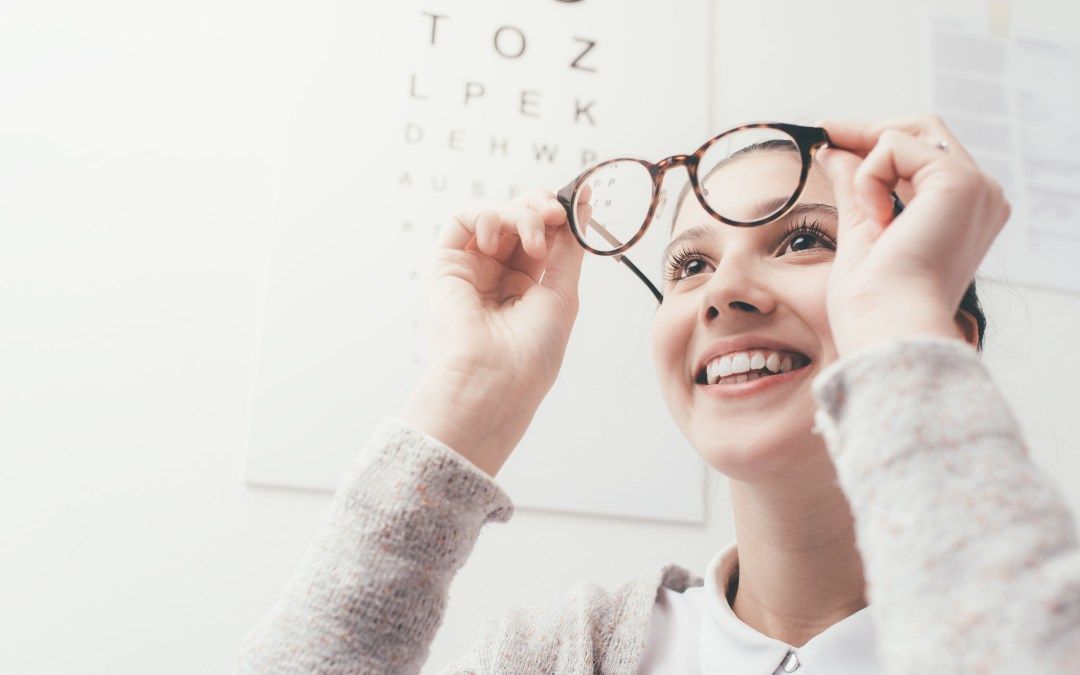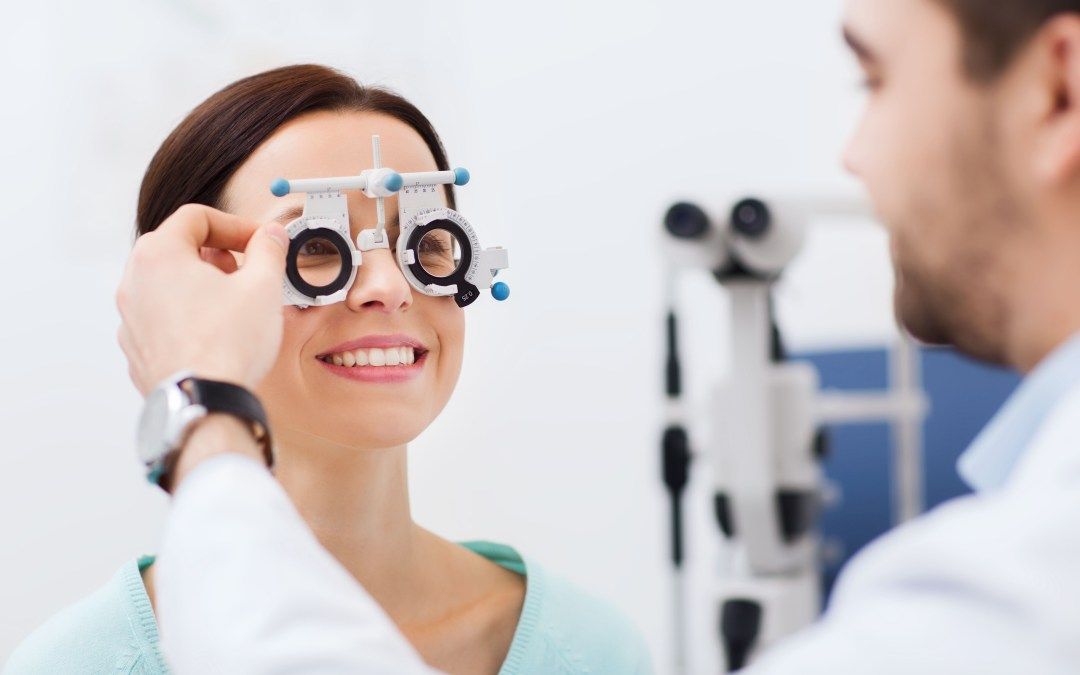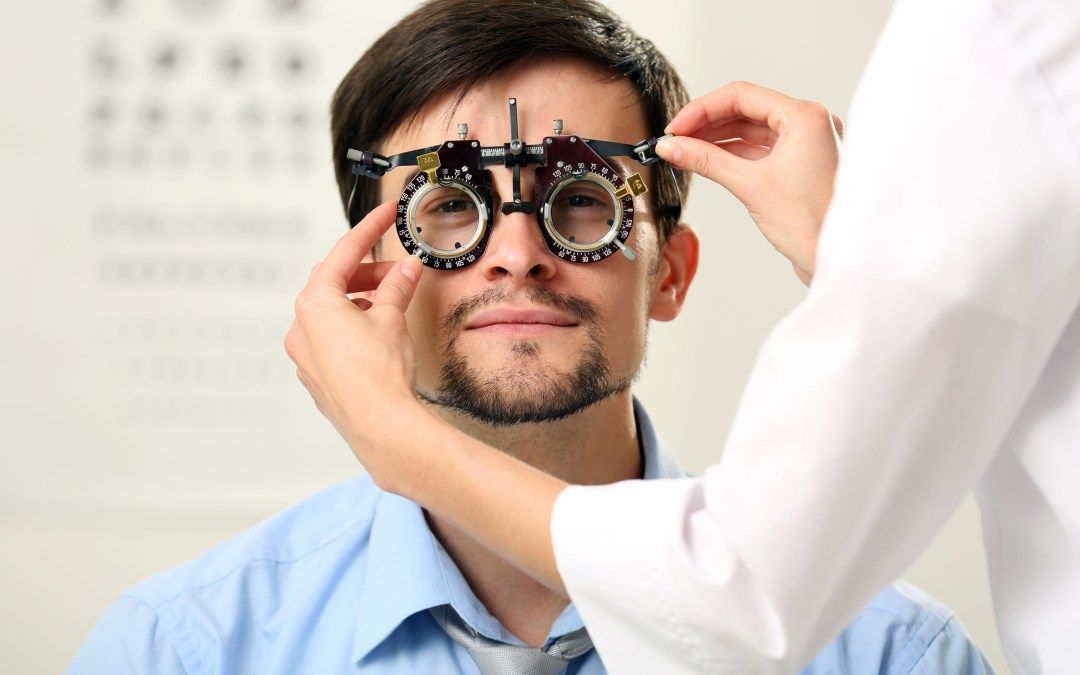Nearsighted vs. Farsighted: What’s the Difference?
Millions of people worldwide wear glasses to help them see better. What some people with normal vision may not know is that there are differences in the eye problems that these millions face. Let us delve into the differences and get a better understanding. Nearsightedness Nearsightedness means that the affected individuals can see objects near […]
The post Nearsighted vs. Farsighted: What’s the Difference? appeared first on Peepers Eyecare Centers.








Share On: